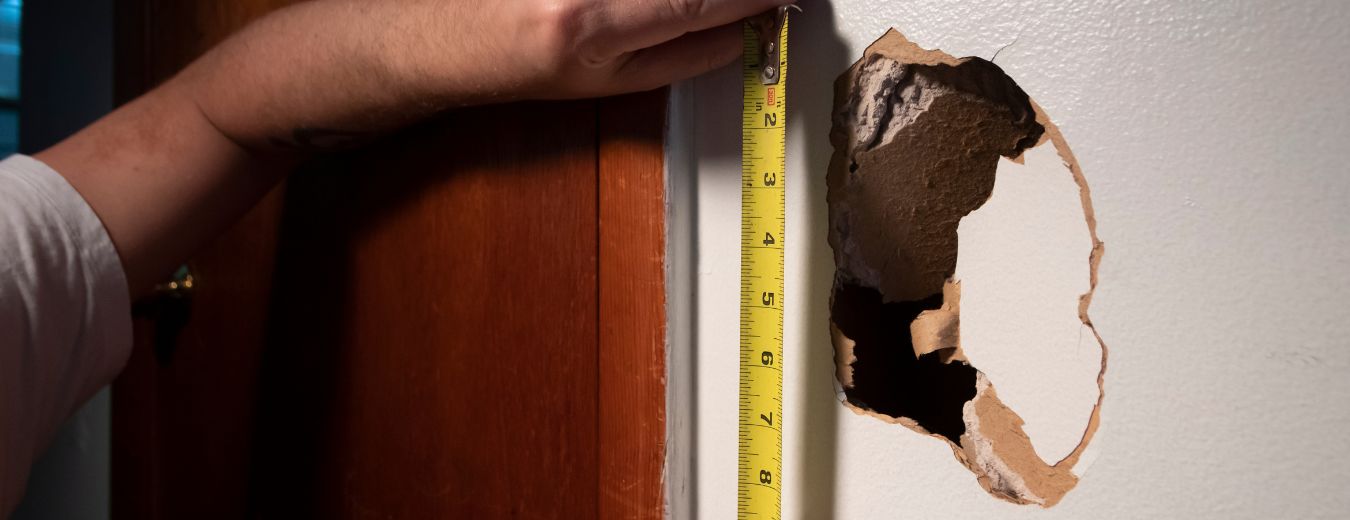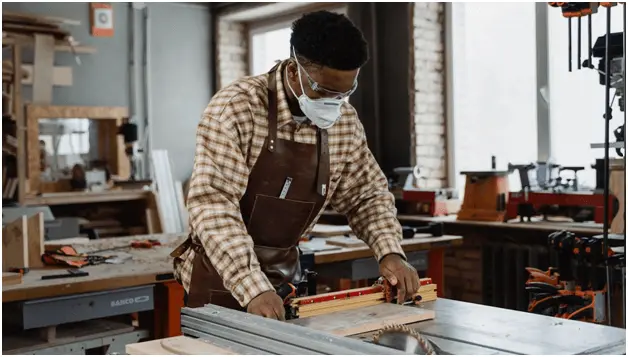A Comprehensive Guide to Learning Drywall Repair Work and Installation
This overview offers a complete exploration of drywall repair service and installment, dealing with both newbies and seasoned specialists. It describes important tools, methods for patching and hanging sheets, and the essential finishing procedures. Drywall Installation Ogden Utah. By recognizing typical challenges, individuals can achieve refined results. Understanding these skills not only boosts one's home but likewise builds confidence in DIY undertakings. What foundational tips will assure an effective task from beginning to end?
Necessary Devices for Drywall Repair and Setup
When starting on drywall repair and setup, a couple of essential tools can significantly enhance the performance and top quality of the job. A drywall blade, generally available in various dimensions, is important for applying joint substance and smoothing seams. A taping blade is also essential for feathering sides and making certain a seamless coating. Additionally, a drywall saw or energy blade allows for specific cutting of drywall sheets to fit any kind of space.

Step-by-Step Guide to Patching Holes
Covering openings in drywall is a simple process that can bring back the wall surface's look and stability. To begin, the area around the opening must be cleaned and any type of loose particles removed. For tiny holes, a basic spackle or joint substance can be used with a putty knife. Bigger openings may call for a patch; an item of drywall can be cut to fit the hole, protected with sticky or screws, and then taped around the sides. Once the spot is in area, joint substance is used over the spot and feathered bent on blend with the bordering wall. After the substance dries out, sanding is necessary to attain a smooth coating. Ultimately, the fixed area can be topped and painted to match the remainder of the wall surface. This technique guarantees a seamless repair, boosting the overall look of the drywall and keeping its architectural honesty.
Strategies for Hanging Drywall Sheets
After efficiently repairing holes in drywall, the following action entails hanging brand-new drywall sheets to develop a smooth surface. To attain this, one have to start by determining the wall room precisely and reducing the drywall sheets to fit. It is crucial to hang the sheets flat for far better structural honesty, starting from the top and working downwards.
Making use of a drywall lift can simplify the procedure, particularly for ceiling installations. As soon as placed, protecting the sheets with drywall screws at intervals of about 12 inches along the sides and 16 inches in the area is essential. This guarantees a strong hold and reduces the threat of drooping. For edges, the sheets ought to be cut to fit snugly, allowing for cleaner joints. Finally, it is advisable to startle the joints between sheets to reinforce the overall structure, creating a more sturdy coating ready for the next phase in the drywall installment procedure.
Completing Touches: Taping and Mudding
Completing the drywall installation entails the vital actions of mudding and taping, which ensure a smooth and polished surface. Insulation calls for the application of joint tape over the seams between drywall sheets. drywall contractor. This tape can be either paper or fiberglass harmonize, with each kind offering one-of-a-kind advantages. After taping, the following step is mudding, where joint substance, or "mud," is related to cover the tape and fill up any type of flaws
Making use of a drywall knife, the compound should be spread uniformly, making certain go to my blog a feathered edge to reduce visible modifications. Several layers are often needed, with fining sand in between each layer to accomplish a seamless surface. Careful focus throughout this procedure is necessary, as it substantially affects the final look of the wall surface. With the ideal technique and perseverance, completion result will be a flawless foundation prepared for painting or completing touches.
Common Mistakes to Avoid in Drywall Projects

Another common error is not enabling adequate drying time in between coats, which can trap wetness and endanger the finish. Overlooking to feather the edges correctly can develop noticeable lines and imperfections. Ultimately, avoiding sanding or making use of incorrect strategies may leave harsh spots. By recognizing these challenges, people can considerably improve the top quality of their drywall jobs and accomplish a professional-looking coating.
Regularly Asked Concerns
Can I Repair Drywall Without Professional Help?
Yes, one can repair drywall without expert Read Full Report assistance. With the right devices, products, and advice, individuals can effectively take care of minor repair work. However, significant damage may require specialist experience for excellent results and resilience.
For How Long Does Drywall Substance Require To Dry?
Drywall compound commonly takes in between 24 to two days to completely dry completely, depending on variables such as humidity and temperature level. Thinner layers might dry out faster, while thicker applications need even more time for optimal results.
What's the Best Sort Of Paint for Drywall?
The very best kind of paint for drywall is typically a water-based latex paint. It gives exceptional coverage, sturdiness, and ease of application, making it excellent for interior walls while permitting easy cleaning with soap and water.

Exactly how Do I Avoid Mold on Drywall?
To avoid mold and mildew on drywall, guarantee proper ventilation, control moisture degrees, use mold-resistant products, and without delay resolve any kind of leakages. Normal examinations and prompt remediation of water damages are also essential for lasting avoidance.
Is Drywall Recyclable After Elimination?
Drywall is recyclable after elimination, supplied it is free from impurities like mold, paint, or other hazardous products. Recycling centers can refine it right into new items, promoting sustainability and minimizing land fill waste in building and construction.
When beginning on drywall repair and installation, a few crucial devices can considerably improve the effectiveness and high quality of the work. After efficiently repairing openings in drywall, the following step entails hanging brand-new drywall sheets to create a seamless surface. Finishing the drywall setup entails the important steps of taping and mudding, which assure a sleek and smooth surface. Achieving a sleek coating in drywall jobs can be look at this now challenging, and numerous common errors can weaken the quality of the job. Yes, one can repair drywall without specialist help.